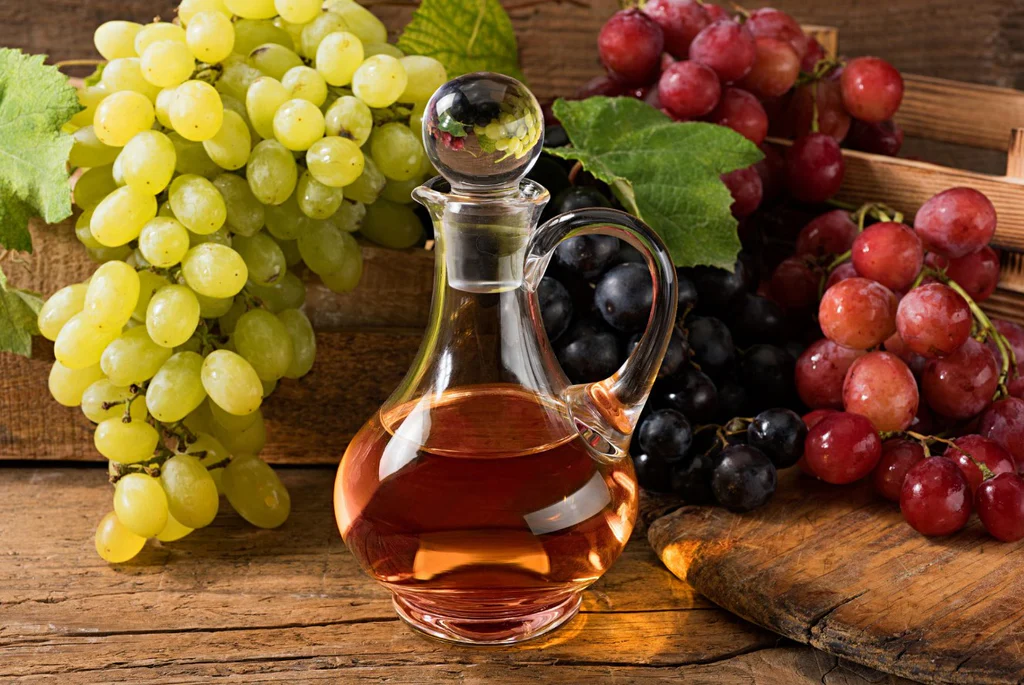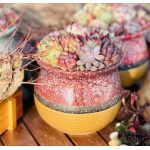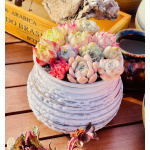Crafting the Perfect White Wine Vinegar: A Step-by-Step Guide

Introduction: White wine vinegar is a versatile ingredient used in cooking, salad dressings, and marinades. Making your own white wine vinegar at home allows you to control the quality and flavor, resulting in a product that is both delicious and cost-effective. Follow this step-by-step guide to learn how to make your own batch of homemade white wine vinegar.
Ingredients:
- 1 bottle (750 ml) of white wine, preferably with a light and fruity flavor
- 1 cup water
- 2 tablespoons raw unfiltered apple cider vinegar or store-bought unpasteurized white wine vinegar
Equipment:
- Large glass or ceramic container with a wide mouth
- Cheesecloth or breathable cloth
- Rubber band or string
- Stirring utensil
Instructions:
-
Choose the Right Wine: Select a bottle of white wine with a light and fruity flavor. Avoid wines with added sulfites or preservatives, as these can inhibit the fermentation process.
-
Mix with Water and Vinegar: In the large glass or ceramic container, combine the white wine with water and raw unfiltered apple cider vinegar or store-bought unpasteurized white wine vinegar. Stir well to mix the ingredients evenly.
-
Cover and Secure: Cover the container with a piece of cheesecloth or breathable cloth, securing it tightly with a rubber band or string. This allows air to flow into the container while preventing debris or insects from getting inside.
-
Fermentation Process: Place the container in a warm, dark place with a consistent temperature, ideally between 70-80°F (21-27°C). Allow the mixture to ferment undisturbed for about 2-4 weeks. During this time, naturally occurring bacteria will convert the alcohol in the wine into acetic acid, the main component of vinegar.
-
Monitor Progress: Check the container periodically to observe the fermentation process. You may notice a thin layer of "mother" forming on the surface – this is a sign that the vinegar is fermenting properly. The liquid may also develop a slightly sour aroma as it transforms into vinegar.
-
Taste Test: After 2 weeks, begin tasting the liquid periodically to monitor its progress. Once it reaches your desired level of acidity and flavor, it is ready to be strained.
-
Strain: Using a clean cheesecloth or fine-mesh sieve, strain the liquid to remove any solids or sediment. Transfer the strained vinegar to clean, sterilized bottles or jars for storage.
-
Storage: Store the bottled vinegar in a cool, dark place away from direct sunlight. Properly sealed and stored, homemade white wine vinegar can last indefinitely.
-
Optional Aging: For a more complex flavor, you can age the vinegar in oak barrels or glass bottles for several months to a year. This allows the flavors to mellow and develop over time.
-
Enjoy: Your homemade white wine vinegar is now ready to use in salad dressings, marinades, sauces, and more. Experiment with different recipes and applications to make the most of your homemade vinegar.
Conclusion: Making your own white wine vinegar at home is a simple and rewarding process that allows you to create a high-quality product with complex flavors. With just a few ingredients and some patience, you can craft a versatile ingredient that adds brightness and acidity to a variety of dishes. Embrace the art of homemade vinegar and enjoy the satisfaction of crafting your own culinary essentials.
- Hits: 32




